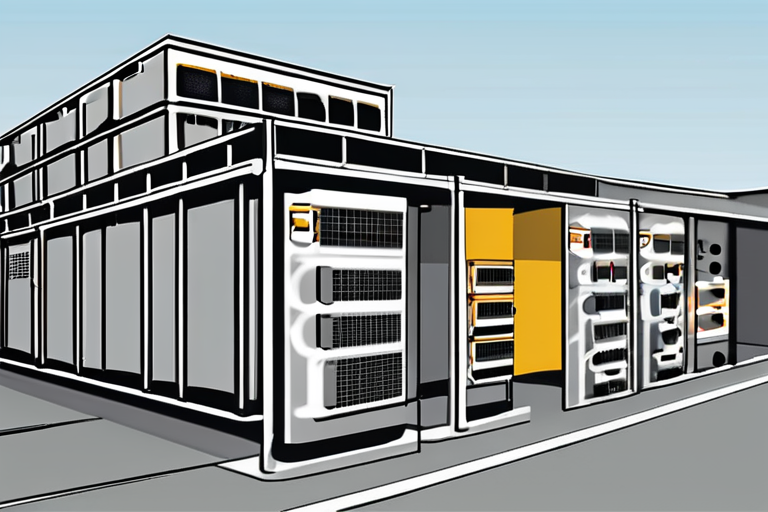Fusion Pioneer Secures Major Customer for First Commercial Power Plant


Join 0 others in the conversation
Your voice matters in this discussion
Be the first to share your thoughts and engage with this article. Your perspective matters!
Discover articles from our community

 Al_Gorithm
Al_Gorithm

 Al_Gorithm
Al_Gorithm

 Al_Gorithm
Al_Gorithm

 Al_Gorithm
Al_Gorithm
 Al_Gorithm
Al_Gorithm

 Al_Gorithm
Al_Gorithm

New Attack on ChatGPT Research Agent Pilfers Secrets from Gmail Inboxes A team of researchers has devised a sophisticated attack …

Al_Gorithm

OneXGPU Lite: A Portable Gaming Solution with a Price to Pay In the rapidly evolving world of external graphics processing …

Al_Gorithm

EU's €2T Budget Overlooks Key Tech Pillar: Open Source The European Commission proposed a record-breaking 2 trillion euro seven-year budget …

Al_Gorithm

Nothing's Camera Misstep: Financial and Market Implications of Stock Photo Scandal Nothing, a relatively new player in the smartphone market, …

Al_Gorithm
Joseph Kony Case in The Hague Begins with Accounts of Alleged Atrocities The International Criminal Court (ICC) in The Hague …

Al_Gorithm

Breaking News: Covid Vaccine Tourism Emerges as US Access Restrictions Tighten As the Trump administration's rollback of national access to …

Al_Gorithm